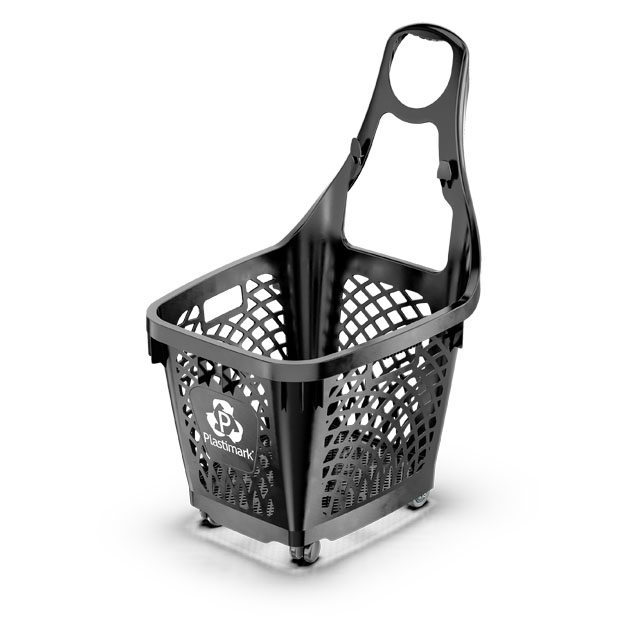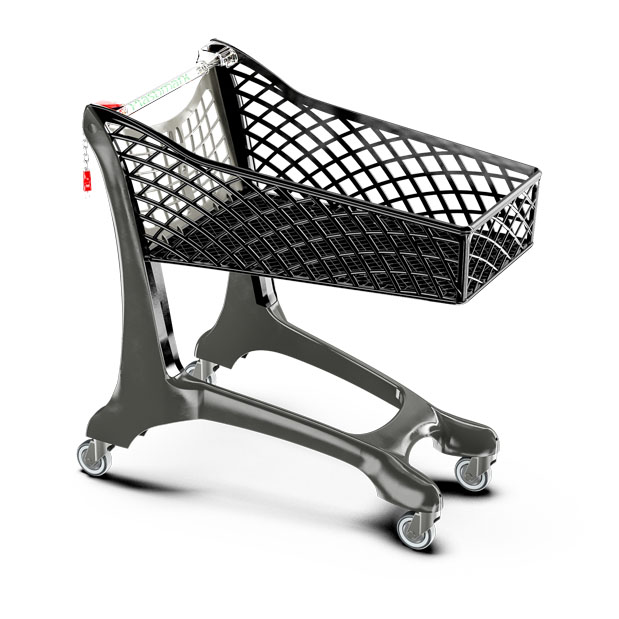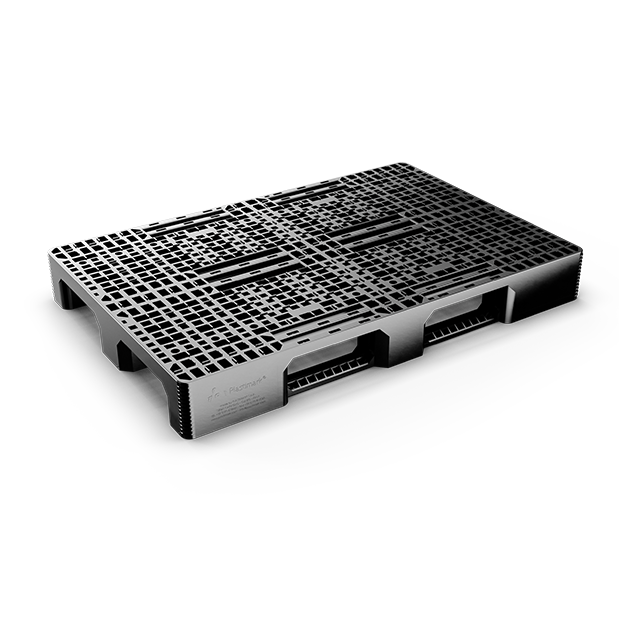

¿Por qué material reciclado?
Plastimark® Black caracteriza los carros de supermercado, cestas y palés fabricados con hasta un 95% de plástico reciclado. El uso de este material no altera en absoluto las características mecánicas y funcionales pero a la vez proporciona la ventaja de recuperar y volver a utilizar el plástico al final de su anterior ciclo de uso, evitando su dispersión en el medio ambiente. Esta operación garantiza una sostenibilidad del proceso muy superior a la de las alternativas convencionales, como el metal, y representa no sólo una solución funcional «hermosa», sino también una elección ética y reflexiva.
Questa operazione assicurare una sostenibilità del processo di gran lunga superiore a quella delle alternative convenzionali come il metallo, rappresentando non solo una “bella” soluzione funzionale, ma anche una ponderata scelta etica.
Plastimark® Black puede:
- dar una nueva vida a un producto al final de su ciclo
- contar una historia de sostenibilidad
- ofrecer a una solución ecológica
¿Qué es Plastimark® Black?
Lo que marca la diferencia frente a algunas objeciones recientes al plástico no es el material en sí, sino el uso consciente y responsable que se hace de él, una norma que debería aplicarse a cualquier recurso del planeta.
Con esta visión, Plastimark® ha fijado su conducta ética:
- en el uso exclusivo de materiales 95% reciclables
- ofreciendo a sus clientes la posibilidad de devolver el producto al final de su vida útil para introducirlo en el circuito de creación de nuevos objetos, alargando así la vida de la materia prima y reduciendo el impacto medioambiental global.
Plastimark® Black está disponible para toda la gama de cestas:

Minityko

Tyko

Onda

Speesy

Maxityko
Plastimark® Black está disponible para los carros de compra:

City

Keita

Twiga

Duka

Pleasy
Plastimark ® Black está disponible para toda la gama de palets:

Pallet Heavy
